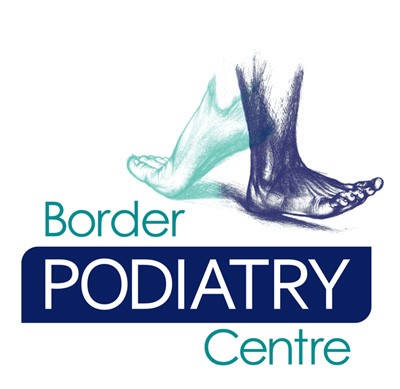The pressure was on. My boss came to me and wanted me to dry needle her leg. She experienced pain in her left inner thigh that was worse when she used to run. She enjoyed running but was finding she didn’t want to do it as much because of her leg pain. My boss had her stretching and strengthening regime down to a fine art and was doing everything right with her footwear and orthotics. The next stage for her was acupuncture and dry needling.
After a thorough history I found the pain was worse towards the groin. The inner thigh strength was strong however the muscles in this area were tight, very tight. There was slight inward rotation of the upper leg and due to the tightness of the inner thigh muscles. I won’t get carried away too much in the technical and biomechanical side here but I knew I had to release those inner thigh muscles and due to her current comprehensive rehabilitation program (doing everything right), dry needling would be a good adjunctive therapy.
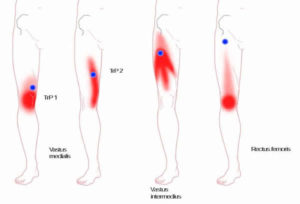
To cut a long story short I found she had 3 active trigger points in her inner thigh muscle. Interestingly it was the active trigger point that was closest to her knee being the tightest and most painful to treat, even though the majority of her discomfort was up towards the groin.
We did 3 sessions of dry needling. Between each session my boss was instructed to continue her stretching and strengthening exercises, which she diligently did. Each session the trigger points were reduced further. When the third session came around (normally 1 week apart) all that was left to release fully, was that tight trigger point near her knee. After that final session, no more active trigger points in her medial thigh and no more pain when running.
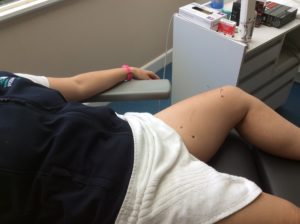
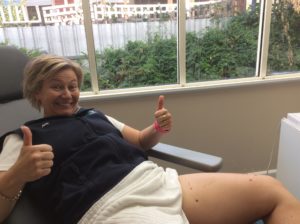
How do we do it?
- Assess
- Release
- Massage and RockTape (although we will save that for another blog)
- Repeat
Does it hurt?
Everyone has different pain thresholds. And although I wouldn’t say it is painful, it can cause discomfort when the needle hits “the spot”. This is a good thing because you know and we know we are in the right area. Just about everyone I have dry needled have reported no pain or discomfort with the insertion of the needle. It should be noted that we may place a needle where the trigger point is which may not actually be the site of the pain, this is to manage referred pain.
What is it actually doing?
By inserting the needle into an area there is a release of a substance that increases blood flow and enhances healing. The trigger point or taut band of muscle that the acupuncture needle is inserted into eventually gets fatigued and then releases.
Will I bleed?
We are breaking the skin with a needle but the needle is that fine that bleeding very rarely occurs. You may experience some bruising in the area after the event, but that is more often from the manual massage
What are the needles and do you reuse the needles?
All acupuncture needles we use are sterile, single use, disposable stainless steel needles of fine diameter. The needles are available in different lengths and diameters and we determine the appropriate needle to use depending on the location of the pain and the location of the trigger points.
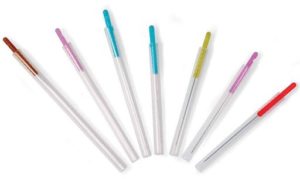
Are there any side effects?
This is thoroughly discussed with you at your consultation however some of the potential side effects can include fainting, sweating, or emotional reactions.
Acupuncture and dry needling may not be for everyone. However if you are doing everything instructed and just can’t get over that hurdle, or simply want more information, get in contact with us enquiries@borderpodiatrycentre.com.au or call the front office on 60245577. We will be more than happy to talk to you about it and see if it would benefit you.
Thanks for reading.
Cass.
